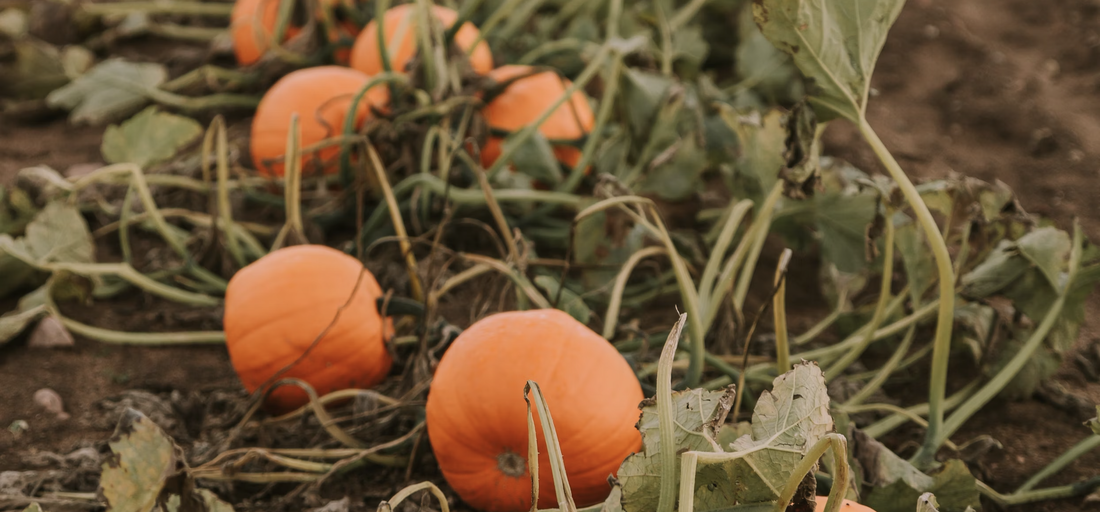
Seasonal Farm Growing: How to Grow with the Rhythm of the Land
Share
Seasonal Farm Growing: How to Grow with the Rhythm of the Land
Farming with the seasons isn’t just practical — it’s ancient. It’s how our great-grandparents lived. It’s how nature works. And when you grow this way, your food is more flavorful, your soil stays healthier, and your work flows in harmony instead of hustle.
Whether you’re growing a few backyard herbs or planting rows in raised beds, here’s a simple guide to seasonal farm growing — what to plant, when to harvest, and how to shift your garden with the changing light.
🌼 Spring: Planting for Promise
Spring is the season of new life. The soil is waking up, the sun is warming the ground, and it’s time to get things started.
What to plant (depending on your zone):
-
Leafy greens: lettuce, spinach, arugula
-
Root veggies: carrots, radishes, beets, turnips
-
Peas, onions, garlic, leeks
-
Herbs: cilantro, parsley, dill
Start indoors or in trays:
-
Tomatoes, peppers, eggplant, squash (to transplant after frost)
Tips:
-
Watch your frost dates — early planting needs protection in cold areas
-
Use compost or worm castings to give tired soil a spring boost
-
Mulch lightly to protect young seedlings from swings in temperature
☀️ Summer: Grow, Harvest, Repeat
Summer is when things take off. Your garden is buzzing, your hands are dirty, and it’s time to harvest and keep planting.
What thrives in summer:
-
Tomatoes, peppers, zucchini, cucumbers, beans, corn
-
Melons, pumpkins, okra
-
Basil, oregano, thyme
Harvest tips:
-
Pick often to encourage more growth
-
Harvest early morning or evening (when plants are coolest)
-
Tomatoes: harvest when just turning red, then ripen indoors
-
Zucchini: check daily — they grow fast
Mid-summer planting:
-
Plant a second round of greens, beans, or herbs
-
Start thinking ahead to your fall crops around late July/early August
🍂 Fall: Sow, Store, Slow Down
Fall is the season of gathering — food, seeds, energy. It’s also one of the best times to plant cool-weather crops.
What to plant:
-
Kale, collards, Swiss chard
-
Carrots, radishes, turnips
-
Garlic (plant in late fall for a spring harvest)
-
Cover crops: clover or rye to enrich soil over winter
Harvest tips:
-
Root veggies get sweeter after a light frost
-
Greens grow slower but taste richer in the cold
-
Begin pulling summer crops and clearing beds as they finish
Preserving tip:
-
This is the time for canning, drying herbs, and freezing extras
-
Use the quiet of fall to restock your pantry and reflect on what worked this season
❄️ Winter: Rest, Plan, Prepare
Winter might seem like the off-season, but it’s actually the perfect time to rebuild your soil, plan next season, and care for your tools and seeds.
What to do in winter:
-
Add compost, manure, or leaf mulch to your beds
-
Clean and sharpen tools
-
Plan your crop rotation and layout for spring
-
Order seeds early (they go fast in January!)
-
Grow microgreens or kitchen herbs indoors
Cold-season crops (in mild climates):
-
Broccoli, cauliflower, cabbage, winter peas, hardy greens
-
Use row covers or cold frames for extra protection
🔁 How to Transition Between Seasons
Switching from one season to the next doesn’t need to be a full reset. Here’s how to make the most of your space:
-
Clear and compost what’s done growing
-
Layer in organic matter (manure, compost, leaf mulch) before replanting
-
Mix crops — keep something growing (even cover crops) to protect soil
-
Rotate plant families (don’t plant tomatoes where tomatoes grew) to avoid pests and disease buildup
-
Let some plants bolt — let a few herbs or flowers go to seed to save for next year
🧑🌾 A Note from the Homestead
Seasonal growing isn’t about perfection — it’s about paying attention. When you follow the land’s rhythm, you stop forcing it. You start trusting it. That’s when the magic happens.
Start where you are. One bed, one row, one herb pot at a time. With each season, you’ll learn more about what your soil needs, what your body craves, and how beautifully nature provides when we partner with it instead of pushing against it.
